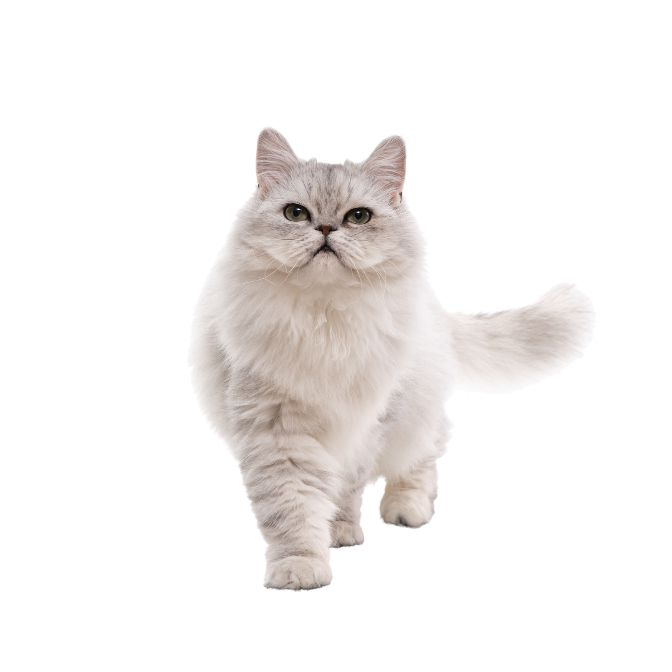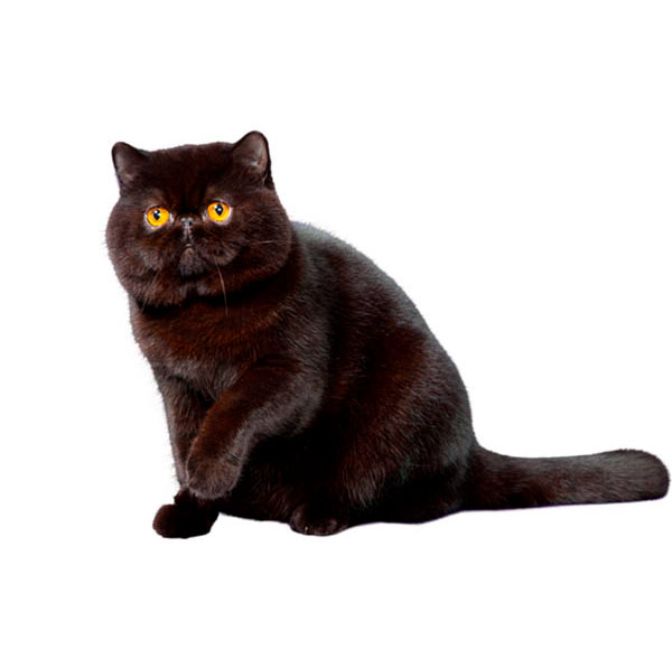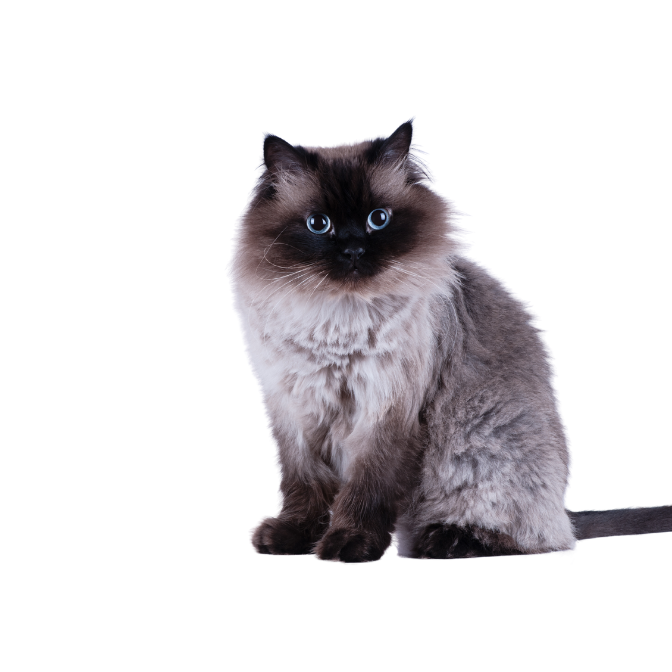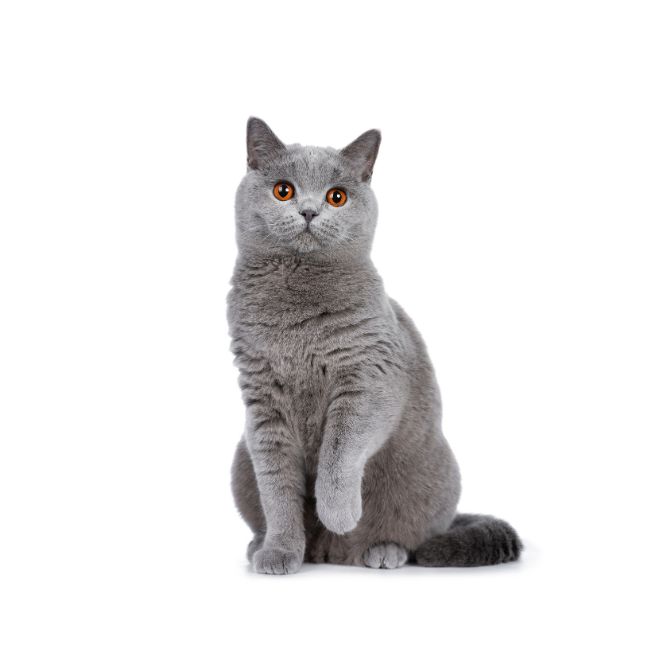Persian
The docile Persian is a quiet feline who enjoys a calm and relaxing environment. Although she enjoys sitting in her humans’ laps and being pet, she’s just as happy to sit and observe everyone’s comings and goings from afar. Persians are independent and selective in who they show affection to.
Medium To Large
Long
Low
4 to 8kg
White, blue, black, red, cream, chocolate, lilac
They enjoy playful activities but are also content to drape themselves over an armchair rather than attempting to climb atop a bookcase. Persian kitties do well with mild-mannered children and laid-back dogs.
The Persian kitty has some distinct features, including a round head with a short face and snub nose. She also has chubby cheeks, big, round eyes and small, rounded ears. Persians have short, strong legs to support their sturdy bodies.
15 to 20 years
The original Persian Cat had shiny, gray fur. Due to selective breeding, however, they now boast an array of different colors. In fact, there are 7 different coat color divisions total for competition purposes.
These range from silver and gold to white, smoky and solid-colored. Their eye color corresponds to their coat color. For example, white Persians tend to have deep blue or copper eyes, whereas silver or golden Persians have green eyes and solid-colored cats have copper eyes.
Although they can shed a lot, proper grooming will prevent your Persian kitty from leaving hair all over your home. Comb her hair daily to prevent tangles and matting and to remove loose hair. Bathing once per month (after a thorough combing) will keep her coat and skin healthy and dirt free.
The Persian’s facial structure can predispose her to a number of potential health complications, including:
Respiratory difficulties
Misaligned teeth
Eye conditions like excessive watering and entropion
Heat sensitivity
Persians are also more susceptible to ringworm (because of their long coats), skin conditions that cause itching, redness and hair loss and polycystic kidney disease.
Responsible breeders dedicate themselves to breeding healthy Persian Cats who are no more prone to illness and disease than other breeds, however.
The flat face and short jaw of your Persian kitty may make it more difficult for her to eat dry kibble and drink enough water.
This will help ensure your Persian is getting all the nutrients she needs, while helping control hairballs caused by her long and luscious coat. When it comes to selecting a feeding bowl, opt for a wide, shallow dish or saucer with low sides.
Persian Cats originated in Mesopotamia, which later became Persia and is now modern-day Iran. Their soft features and docile personality attracted the attention of Pietro Della Valle, an Italian nobleman who is credited with bringing these felines to Europe in the 17th century. The Persian kitty was a favorite of Queen Victoria and the breed was imported to the U.S. in the late 19th century.
Modern Persian Cats are available in over 80 different color combinations.
The Persian participated in the first modern cat show, which took place in London in 1871.
There was a push in the U.S. to make the Silver Persian its own breed called “Sterling”. This was rejected, however, and silver and goldens are considered within the Persian category at cat shows.
The Persian kitty was a favorite of Queen Victoria, and the breed was imported to the U.S. in the late 19th century.



